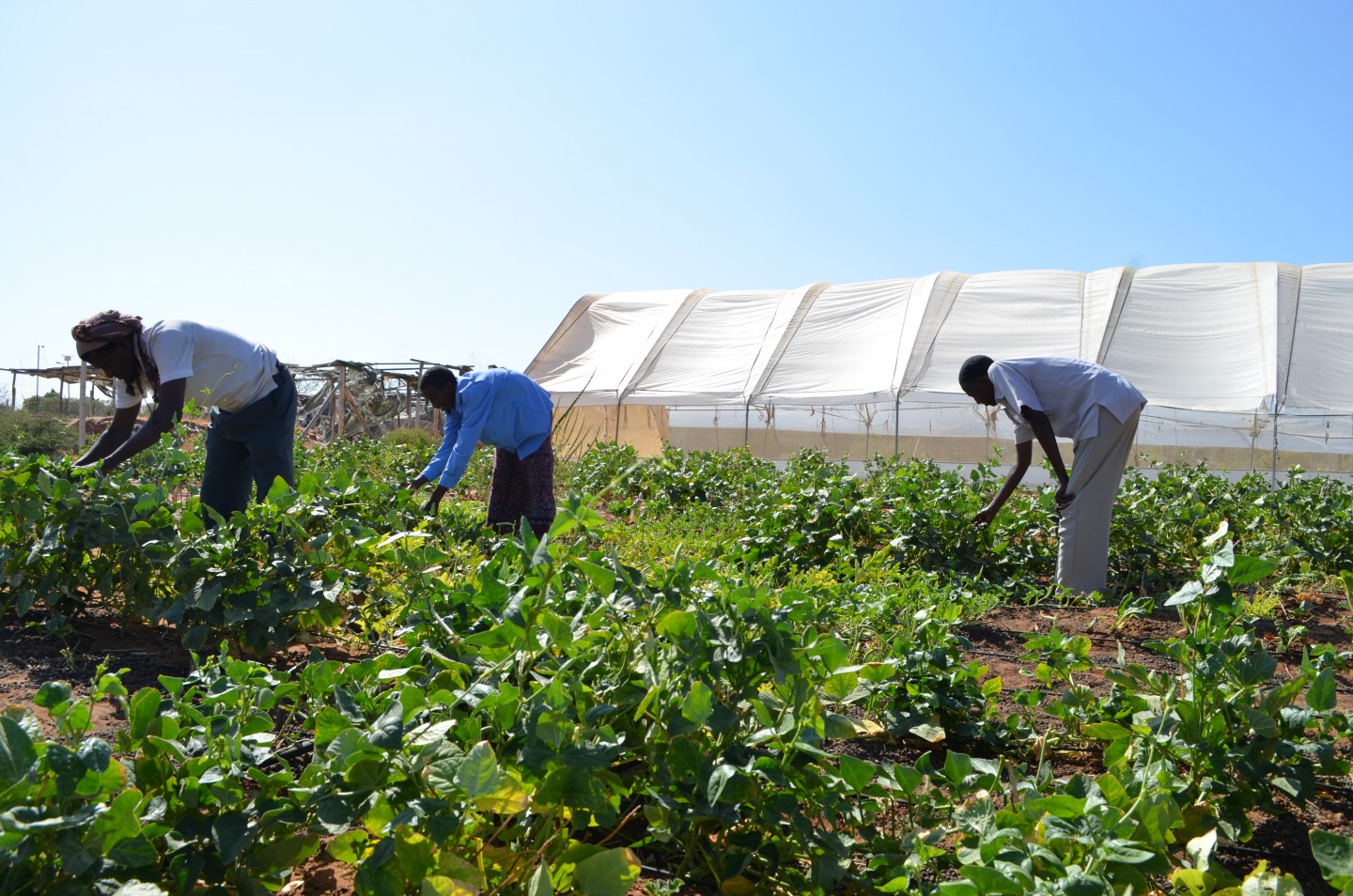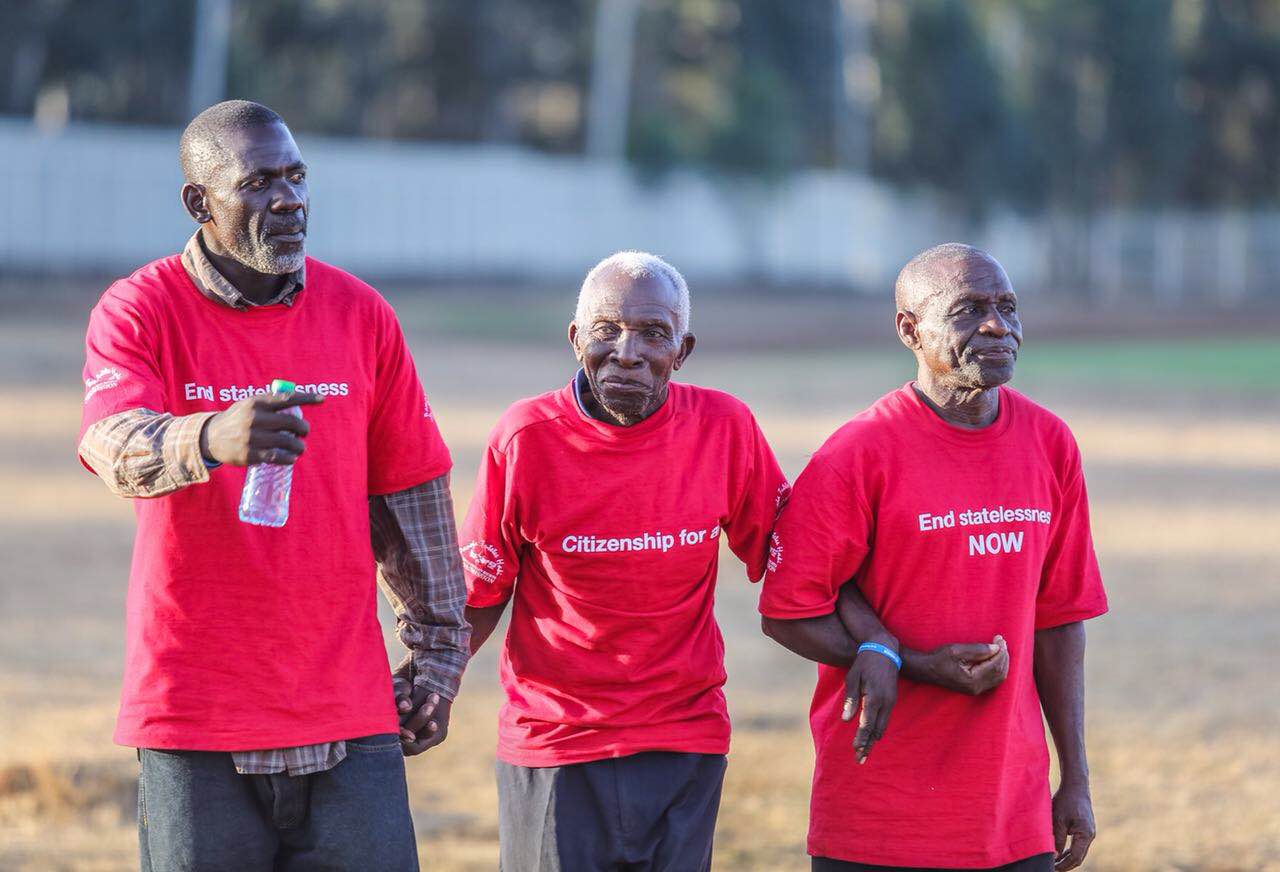Urban Areas
Kenya has experienced growth of the refugee population in Nairobi, Mombasa, Nakuru and Ruiru among other urban areas
Despite an official policy that prioritizes the notion of accommodating refugees in camps located in remote parts of the country, Kenya has experienced growth of the refugee population in Nairobi, Mombasa, Nakuru and Ruiru among other urban areas. In recent years, the UNHCR Branch Office in Nairobi has responded to this development by a significant reorientation of its programme. Based on a recognition of the right of refugees to enjoy freedom of movement, to take up residence in urban areas and to enjoy a steady expansion of the protection space available to them there, UNHCR has established a concerted set of activities related to urban refugees.
These activities have had some very positive consequences. In recent years, more refugees in Nairobi have been registered, documented, provided with access to healthcare and education. The city’s refugee population has also been protected to some extent from the threat of arrest, detention, extortion and conviction, although in 2014, a directive aimed at the encampment of all urban refugees was issued by the Government of Kenya. This was as a result of numerous terrorist attacks that negatively affected the security situation in the country and were often attributed to warring parties in Somalia. Foreigners and most specifically refugees were unfairly held responsible. The government’s directive was followed by the Operation Usalama Watch which targeted irregular migrants for deportation and refugees for relocation to camps. Some 3,000 refugees were relocated to camps though most of them later returned.



